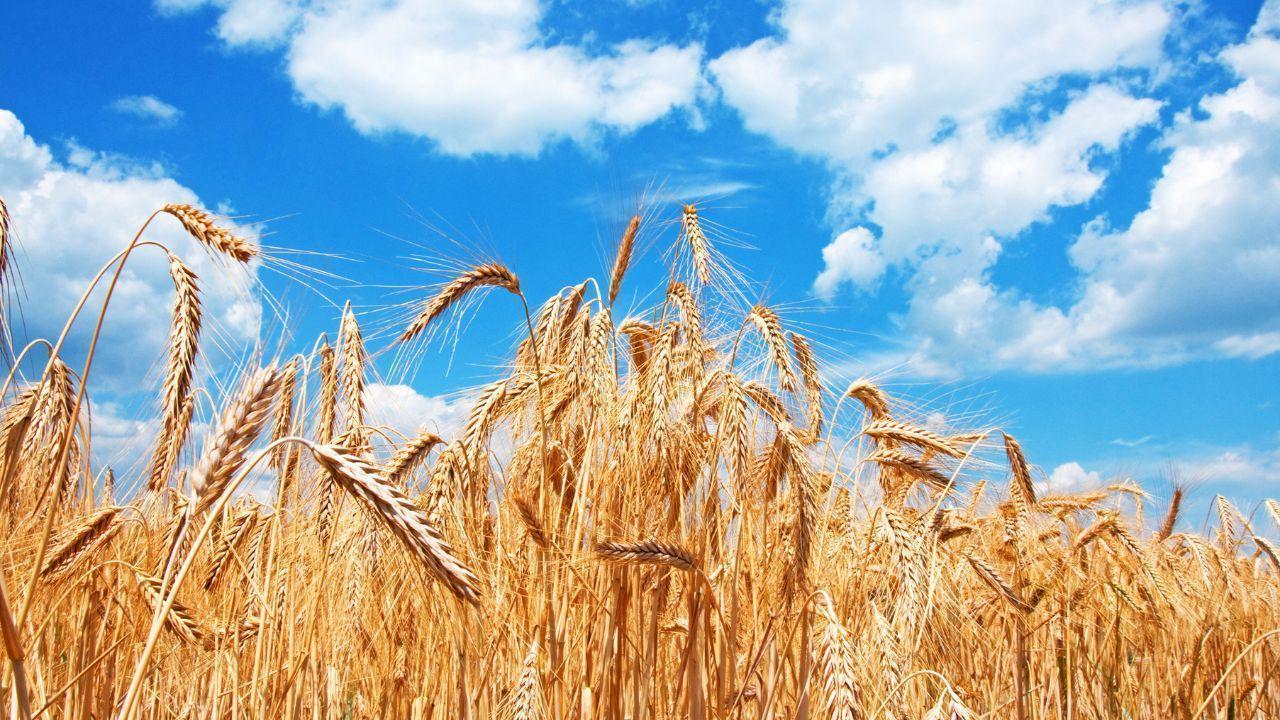
Shawn Clark, UCF Football Coach, Dies at Age 50
Shawn Clark, 50, UCF’s offensive line coach and former Appalachian State head coach, dies after rece

Saskatchewan Crop Report: Strong Growth Amid Ongoing Moisture Watch
Saskatchewan's latest crop report brings reassuring news for farmers: most crops are developing in line with long-term averages, despite remaining pockets of moisture stress and early-season stand losses. This comprehensive summary outlines key developments, regional dynamics, and outlook for the growing season.
1. Crop Development Across the Province
Canola: Nearly all canola fields are rated between the bud and early flowering stages, considered ideal for establishing yield potential. While minor losses were observed from late frost or wind, overall botanical development is solid.
Cereals (Wheat, Barley, Oats): Most cereal crops have progressed through stem elongation and flag leaf growth. A smaller portion, particularly winter wheat in the southwest, is showing early head emergence—on track with historical trends.
Pulse Crops: Peas, lentils and beans are mostly in mid-vegetative to initial flower phases. Some reported aphid pressure and localized outbreaks of root rot, but nothing alarming at the provincial scale.
Flax & Mustard: Both oilseeds have entered bloom or early pod-fill stages, with uniform stands and few cases of lodging.
2. Regional Breakdown and Conditions
Northwest and Northern Areas: Conditions remain favorable with consistent moisture and above-average crop health. However, some farmers have reported root consolidation issues in loamy soils.
Central Regions: Generally strong, though reports from heavy clay zones indicate occasional standing water and later planting dates, which could influence yield without more heat.
Southwest: Warm and dry, prompting some irrigation interventions. Supplemental moisture has mitigated stress, but crop recovery will depend on rainfall by late July—especially during flowering.
Southeast: Variable moisture continues—some farms reporting adequate rainfall, others showing early precipitation deficits.
3. Pasture and Hay Health
Strong pasture growth was a standout across the province. With most pastures in good-to-excellent condition, grazing prospects are positive. Late-season hay remains uneven—wet areas have experienced slow drying, while drier zones saw early mowing and baling. Overall quality remains high.
4. Moisture and Soil Profiles
Provincial soil moisture remains mostly adequate in the top two feet, with localized dryness in southwest and southeast. Farmland in heavier soils is holding moisture well, but lighter-textured zones face gradual depletion. Sub-soil moisture is also trending stable, with some concern in seasonal moisture cycles.
5. Insect and Disease Monitoring
Insect Activity: Aphids, flea beetles, and diamondback moth larvae have been noted at low-to-moderate levels. Light scouting by producers has helped control any emerging hotspots, with historical tank-mix insecticide practices employed where needed.
Disease Incidence: Early detection of basal canker in canola and localized fusarium symptoms in wheat was reported, but these remain below economic thresholds. Producers are actively monitoring and conducting fungicide applications where warranted.
6. Forecast Outlook: Weather’s Role in Final Yields
The next 4–6 weeks are critical for final crop development. With many crops transitioning into flowering and pod formation, weather conditions—including temperature, rainfall, and humidity—will heavily influence yield potential. Acreage currently looks promising, provided timely moisture arrives through July and August.
7. Comparisons with Previous Years
Compared with drier years, crop development is trending positively. While 2018 and 2021 experienced yield dips under moisture stress, this year’s moisture distribution has supported solid stand establishment. However, 2022’s near-perfect timing remains a goal for this season.
8. Farmer Adaptations and Management
Farmers continue proactive monitoring—scouting regularly, optimizing in-crop inputs like fungicides and insecticides, and arranging irrigation contracts where feasible. Some have implemented controlled-traffic tillage to preserve soil structure and reduce compaction concerns.
9. Economic Impacts and Market Outlook
Multinational grain markets are watching Saskatchewan’s outlook. Positive provincial crop conditions could support stable or improving prices for canola and wheat. However, regional variances and global events (like Black Sea export shifts) may influence market dynamics.
10. What Lies Ahead
Crop report watchers stress that weather is the main yield driver over the next month. Crop development stages—especially flowering, pod set, and kernel fill—must coincide with adequate rainfall. Monitoring timelines through late August will clarify yield trajectories and harvest readiness.
Conclusion
Saskatchewan farmers are seeing positive crop development overall, with canola, cereals, pulses, and hay making good progress. While weather remains the wildcard, day-to-day field management and regional moisture continue to support strong agricultural momentum heading into harvest season.